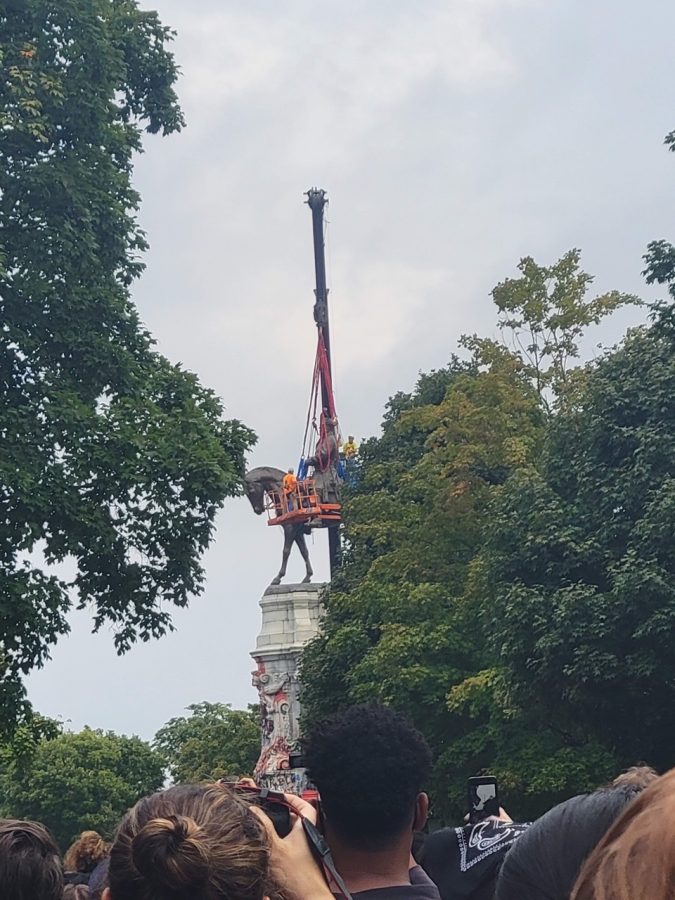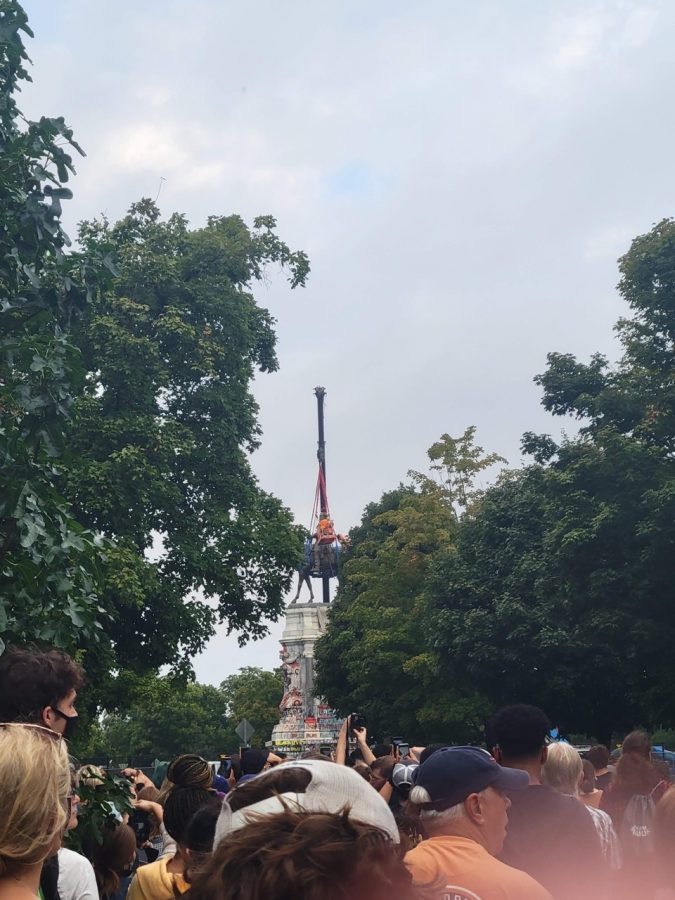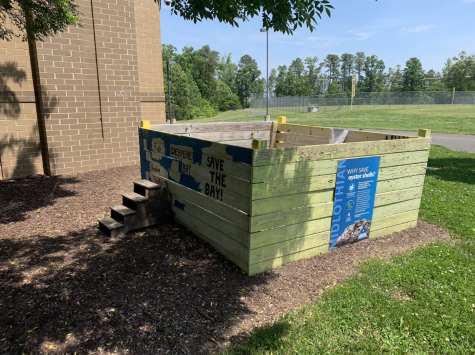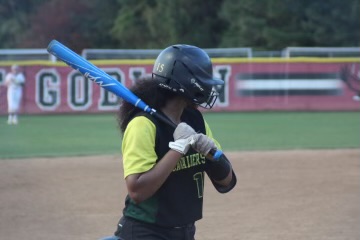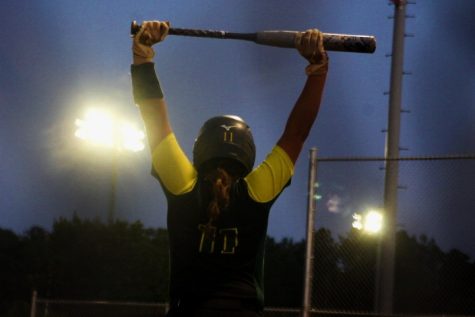Removal of historic Lee statue in Richmond
Removal of General Lee Statue on Monument Avenue
On Sept. 8, the state of Virginia removed the 12-ton statue of Confederate general Robert E. Lee that had overlooked Monument Avenue in Richmond since 1890.
Governor Ralph Northam declared his plan to remove the statue in the midst of protests last summer following the death of George Floyd in Minnesota. In Sep. of 2021, the Supreme Court of Virginia made the decision allowing the plans to proceed in the removal of one of the largest Confederate monuments in the country and one of the last to stand in the city of Richmond, the former capital of the Confederacy.
Former Cavalier and current VCU student Rachel Zadhraka witnessed the moment the statue was disconnected from its pedestal. According to Zadhraka, there were around 500 people lined around a fence to watch the event unfold.
“When I got there at 8 a.m. the straps were being tested and applied and I saw the crew cutting into the statue to detach the statue from the stone base,” Zadhraka said. “After about 45 minutes the crew signaled to the audience that the statue was about to be removed. They lifted it off of the base with a crane and placed it on the ground beside the base.”
History teacher Cluny Brown, who grew up near Monument Avenue, believes that taking the statue down was the right decision because it does not belong in a city as multicultural as Richmond.
“Controversial things get shown in museums all the time but people stop and read the labels and put it in some context,” Brown said. “It’s hard to put something in context when you drive past it.”
Zadhraka observed that the crowd’s reaction to the falling of the Lee statue was full of overwhelming positivity.
“There was no booing and there was even some singing,” Zadhraka said. “[There was] lots of cheering, but it still felt solemn.”
Senior KeAndre Foster was pleased by the fact that the statue no longer occupies a spot in Virginia’s capital city because of the representation associated with Robert E. Lee.
“For me, I feel good about it because in some ways it does show a period of time where slavery happened and that guy kind of represented it,” Foster said. “To have a statue in this time, that is not really showing how we are now.”
The empty space left by the statue has raised questions about the future of Monument Avenue now that the statue of African-American tennis player Arthur Ashe is its only remaining monument. Zadhraka believes that the area formerly occupied by the Lee statue should have a purpose for the people of Richmond moving forward.
“I hope the fences around the circle come down and the pedestal stays, at least for a while,” Zadhraka said. “I hope it becomes a public park/landmark for anyone to visit. It’s important for people to see.”
Sophomore Garret Wilcox supports the removal and hopes that a new monument will replace the Lee statue in Richmond.
“To me I felt that it was time for them to do it and I can’t wait to see what’s going to happen with that area,” Wilcox said.
Future plans include the installation of a new time capsule into the pedestal formerly occupied by the Lee statue. Crews working on Monument Avenue were not able to recover the original time capsule, which was planted in the pedestal in 1887 and believed to hold artifacts from the time of the Civil War.
Brown considers the mystery of the time capsule to be fascinating and thinks that it could be somewhere else by now if it ever really existed.
“I’ve been trying to find mentions of it in newspapers and such and there’s not a whole lot,” Brown said. “It’s kind of loose. It’s amazing how easy it is to misplace even something that would be as substantial as a [time capsule].”
According to the Associated Press, everything placed in the new time capsule will encapsulate present day Virginia and reflect the changes the state has undergone since the creation of the Lee statue. These items include an expired vial of the Pfizer Covid-19 vaccine, a Black Lives Matter sticker, and photographs from protests near the Lee statue in the summer of 2020.
Zadhraka believes that the removal of the statue does not solve the overarching problems of racial injustice that sparked the initial protests, but it is a step in the right direction for Virginia and the country.
“I knew this was an important day,” Zadhraka said. “I had never been to a protest of any sort and the feeling of hope and care for one another was overwhelming. When they took the statue down, I cried. It’s all such a huge part of history and I’m so excited for what the future holds and how I can be part of us all moving forward.”

Ben is a senior in his third year of writing for the Cavalier Chronicle and his second as an editor. His love for writing led him to join the staff, and...


